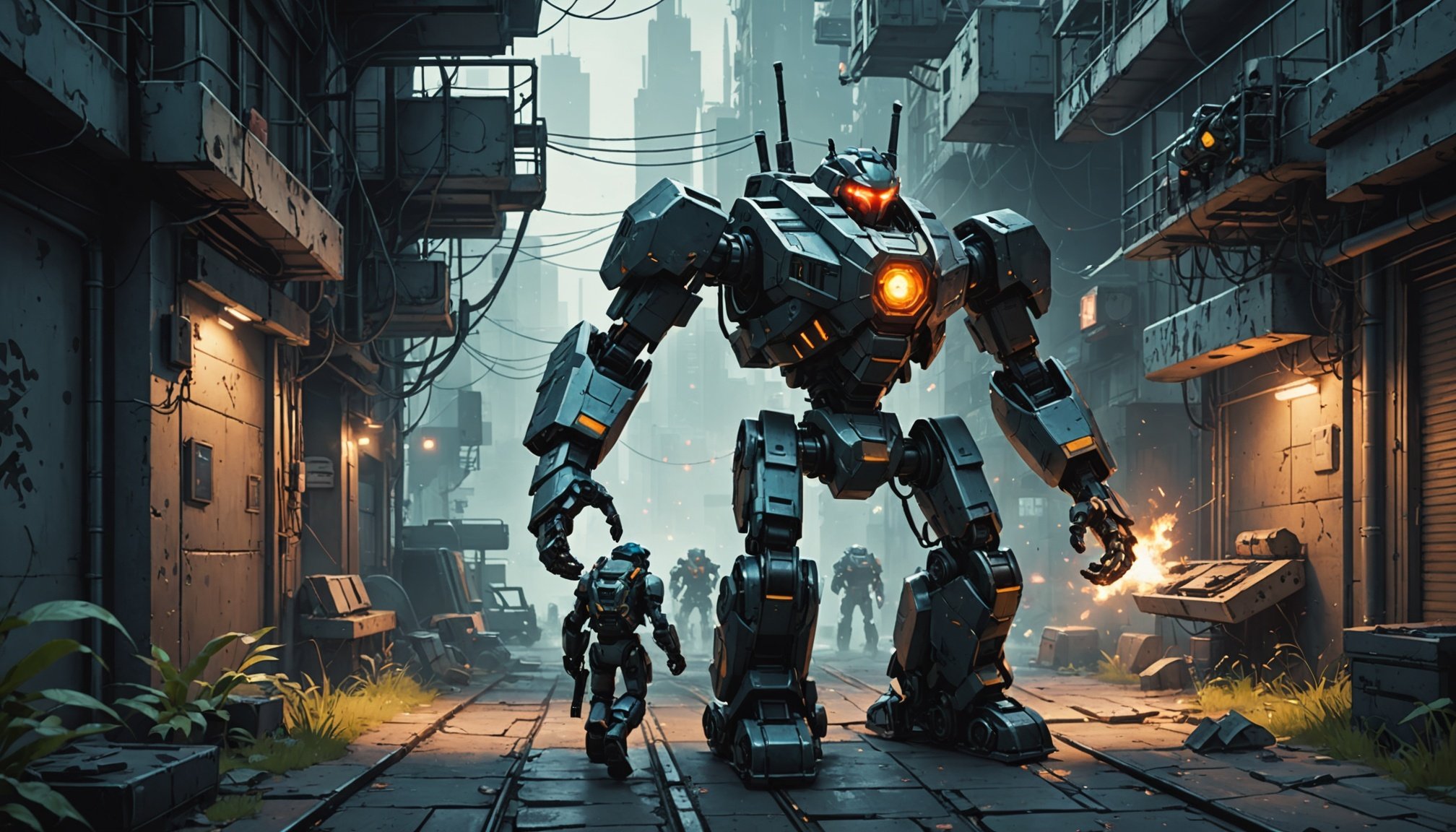Introduction to Neural Networks in Gaming
Neural Networks have revolutionized the gaming industry, fundamentally altering how artificial intelligence (AI) is applied to platformer games. At their core, neural networks, inspired by the human brain, consist of nodes organized in layers that process data through weighted connections. In gaming, these structures analyze complex patterns to enhance AI behaviors.
Gaming AI has evolved significantly, shifting from simple scripted actions to dynamic responsiveness. This evolution is particularly evident in platformers, where enemy behaviors benefit immensely from AI integration. Traditional enemy AI in platformers often relied on predictable patterns, which could lead to monotonous gameplay. However, by leveraging neural networks, smart AI can learn and adapt, providing a more engaging and challenging experience for players.
Also to see : Mastering Intuitive Gesture Controls: Essential Strategies for Engaging Augmented Reality Game Design
The key advantage of smart AI is its ability to continually learn from player interactions. This adaptability ensures gameplay remains fresh, regardless of how often a game is played. Additionally, neural networks can be trained to recognize players’ strategies and adjust enemy behaviors to enhance difficulty at appropriate moments, maintaining an optimal challenge level.
As such, neural networks are pivotal in creating immersive worlds with AI-driven entities that realistically mimic human-like decisions, offering players more interactive and rewarding experiences.
Also to read : Unleashing the Potential of Neural Networks: Revolutionizing Real-Time Object Recognition for Augmented Reality Gaming
Theoretical Foundations of Neural Networks
Neural networks play a crucial role in transforming game AI by contrasting the classical approach of programming. Traditional programming follows a set of hard-coded rules, confining adaptability. In contrast, machine learning empowers AI to learn from data, allowing for dynamic and varied behaviors. Two prominent architectures—Convolutional Neural Networks (CNN) and Recurrent Neural Networks (RNN)—are pivotal in this transition, particularly for gaming.
CNNs are well-suited for spatial data analysis, akin to visual recognition, making them valuable for platformers where environments and characters’ positions are crucial. Meanwhile, RNNs excel in processing sequences, aligning with game scenarios requiring chronological decision-making.
Training these models requires extensive datasets characteristic of diverse gameplay scenarios. Datasets must be meticulously curated, showcasing a range of player interactions to train the AI effectively. This process involves adjusting parameters and refining algorithms, ensuring the AI not only learns but also retains essential skills for unpredictable in-game challenges.
By leveraging these advanced methodologies, developers can create sophisticated gaming AI capable of real-time decision-making, thereby enhancing the interactivity and unpredictability of platformer games. These advancements mark a significant leap from traditional limitations, promising more engaging experiences.
Practical Applications of Neural Networks in Platformer Games
Neural networks have significantly advanced the field of game development, particularly in creating sophisticated AI. In platformer games, AI implementation is key to developing adaptive and responsive smart enemy behaviors. These behaviors require a deep integration of AI that can dynamically react to player actions.
Case Studies of Successful Implementations
A notable example is the integration seen in games like Celeste and Hollow Knight, where AI-driven enemies adapt to players’ strategies, enhancing the challenge. Such games demonstrate the potential of neural networks to refine enemy interactions, making gameplay more immersive.
Furthermore, specific design decisions, such as modifying AI parameters to increase difficulty based on player performance, illustrate how AI can optimize the gaming experience. Developers leverage tools like Unity ML-Agents to implement these features effectively, gaining insights into player behavior through iterative processes.
The impact is profound for both players, who enjoy a more dynamic experience, and developers, who access rich data to refine game design. This dual benefit underscores the significance of neural networks in shaping the future of platformer games, making them more engaging and challenging.
Comparing Traditional vs. Smart Enemy AI
When comparing traditional AI to smart enemy AI, one key difference is adaptability. Traditional AI typically relies on preset patterns that offer predictability. While this consistency can create straightforward interactions, it often lacks the spontaneity that keeps gamers fully engaged.
In contrast, smart enemy AI, driven by neural networks, adapts to player behaviour, making encounters less predictable and more dynamic. For instance, smart AI can analyze a player’s strategy in real time, adjusting enemy tactics to create fresh challenges. This adaptability increases game dynamics, keeping players on their toes.
Gaming strategies are also enhanced as smart AI can access complex datasets and learn from player interactions. These capabilities allow for more nuanced behaviour, where enemies respond to, rather than follow, players. This transformation in enemy behaviour leads to a more immersive experience, giving players the feel of facing living, learning opponents rather than predictable patterns.
Smart AI not only enhances player engagement but also broadens the scope for developers to experiment with more innovative game designs. By leveraging the capabilities of neural networks, games can achieve new levels of realism and interactivity, offering increasingly sophisticated gaming experiences.
Future Directions of Smart AI in Gaming
As we look to the future of gaming, the smart AI innovations promise transformative changes across the industry. With ongoing advancements in neural networks, games will become more intuitive and adaptive, providing personalized experiences that reflect players’ styles and preferences.
Recent trends highlight an increasing integration of cutting-edge AI components within gaming frameworks, enhancing both the versatility and realism of game environments. These trends are leading towards the emergence of a new generation of platformer games, boasting AI-driven enemies that can exhibit sophisticated strategic behaviors.
This evolution in AI technology is not confined to enemy interactions. Developers are exploring ways AI can manage open-world environments, creating dynamic ecosystems that react and evolve based on a player’s in-game decisions. Speculations about the gaming industry’s future also suggest AI will play a pivotal role in virtual reality, offering more immersive experiences.
Culturally, the incorporation of smart AI in gaming is set to redefine player expectations. AI innovations allow games to offer a level of engagement akin to interacting with living worlds, potentially shifting how society perceives and interacts with entertainment media. This promise of more interactive experiences hints at an exciting future in gaming.











